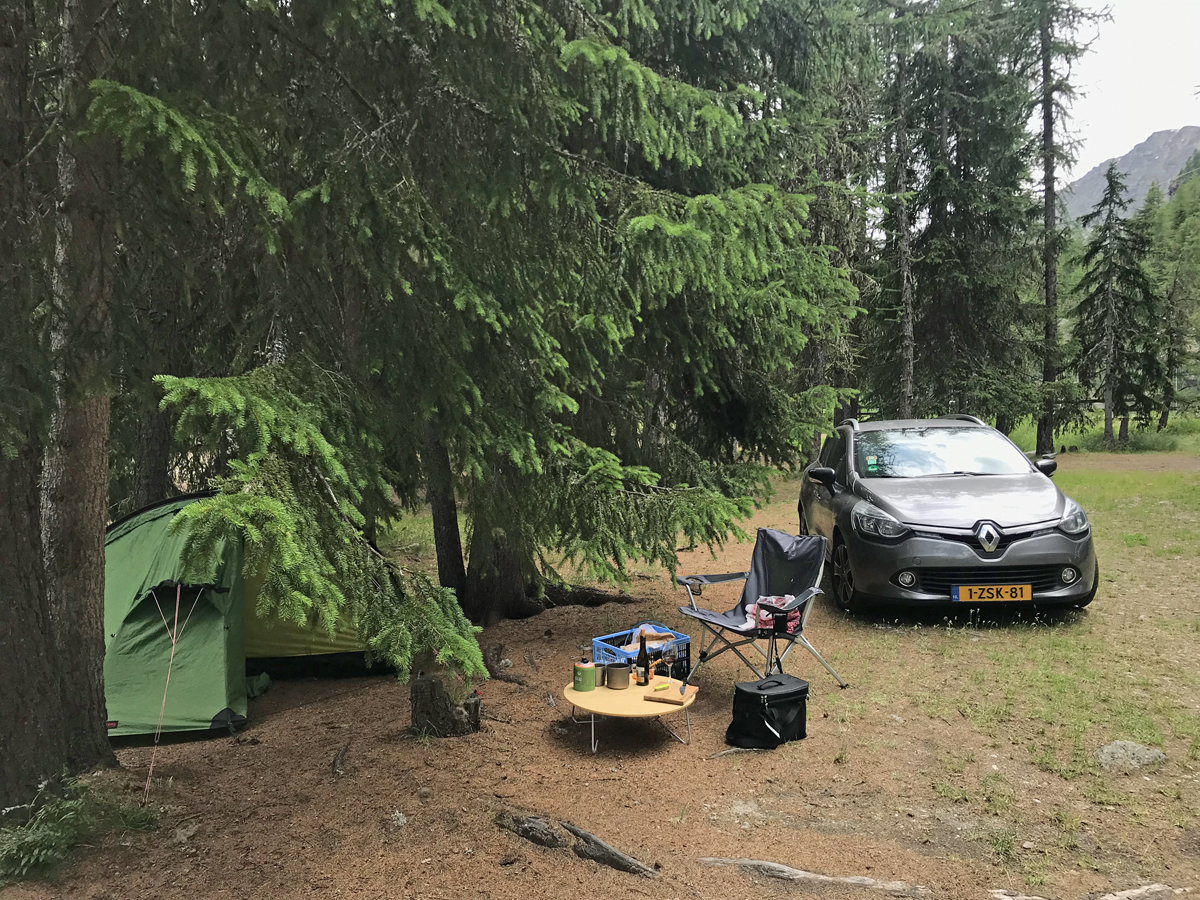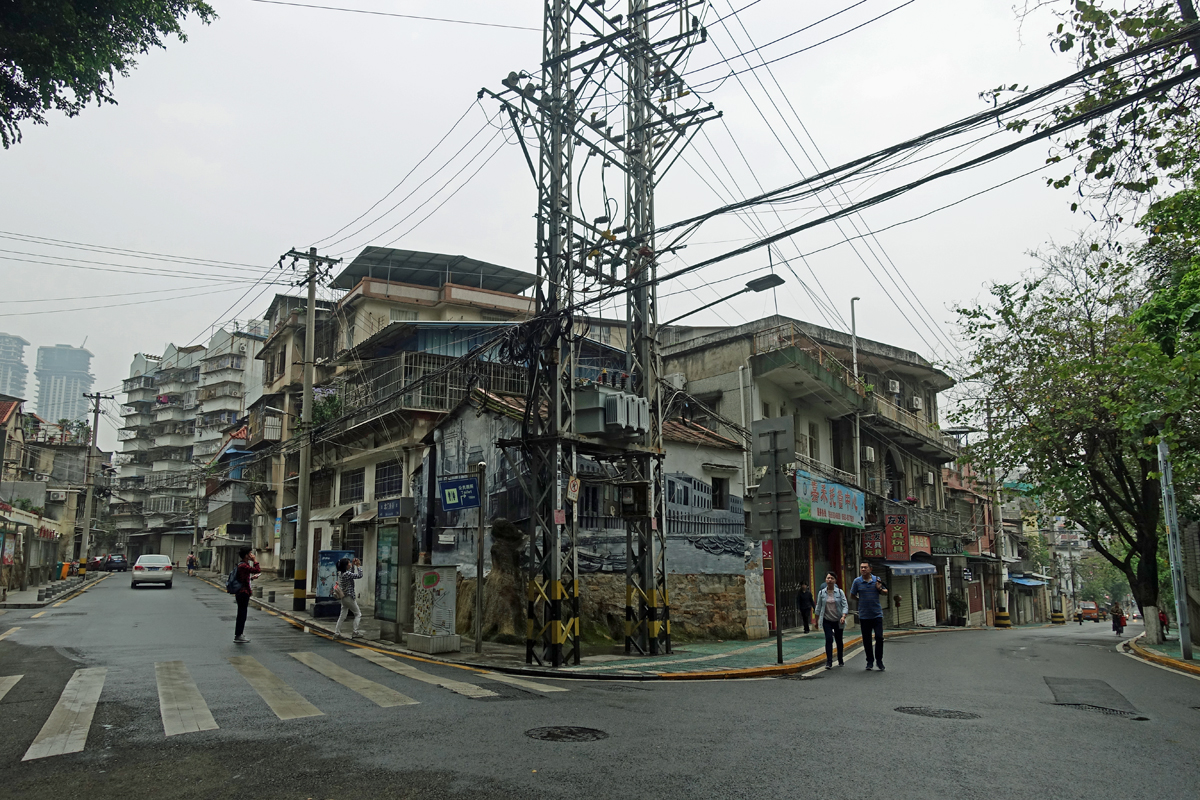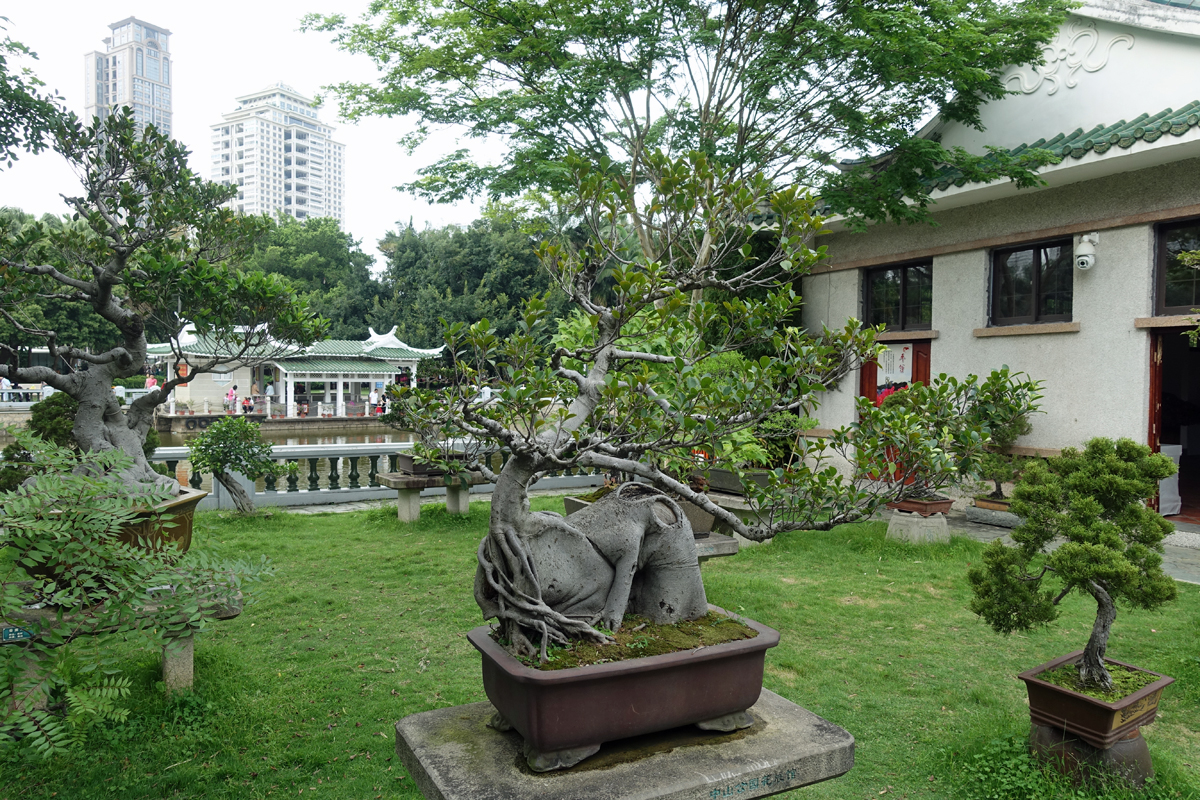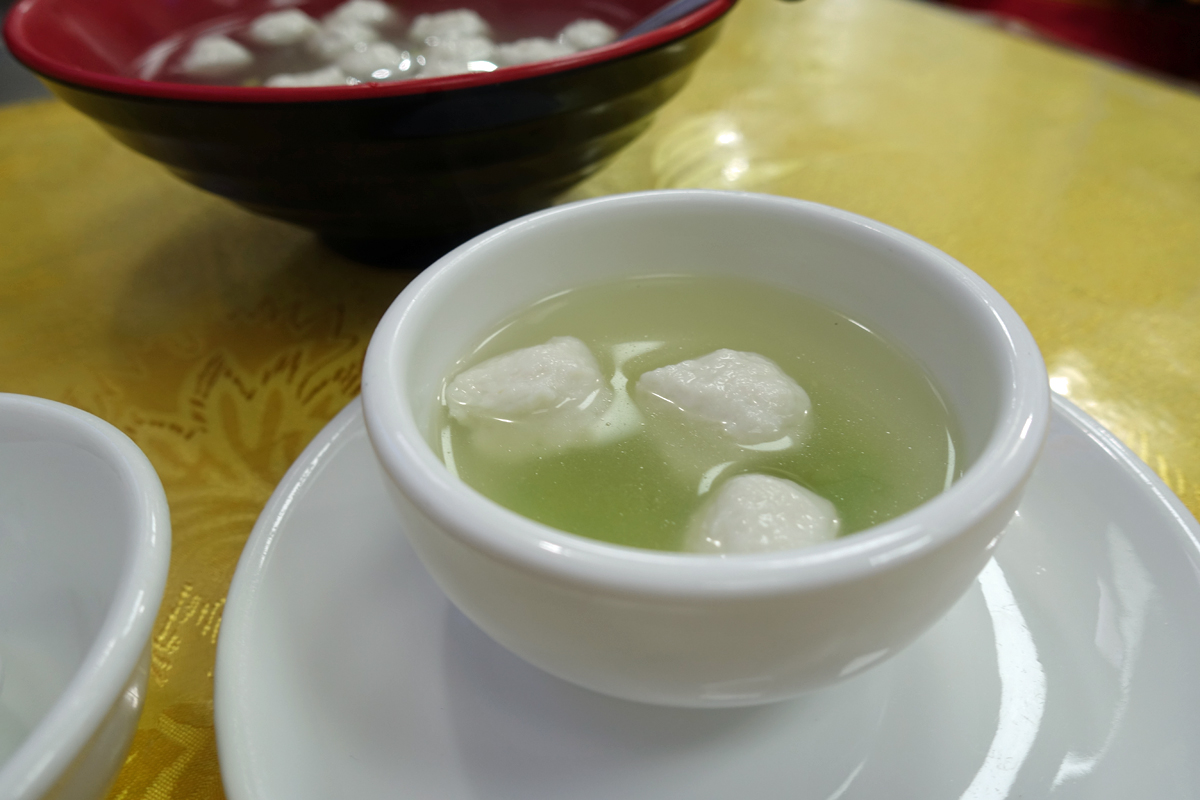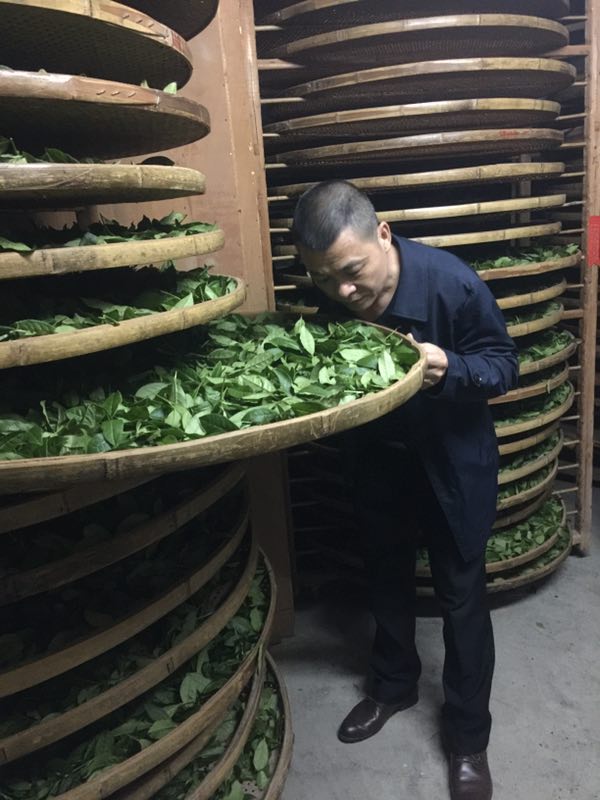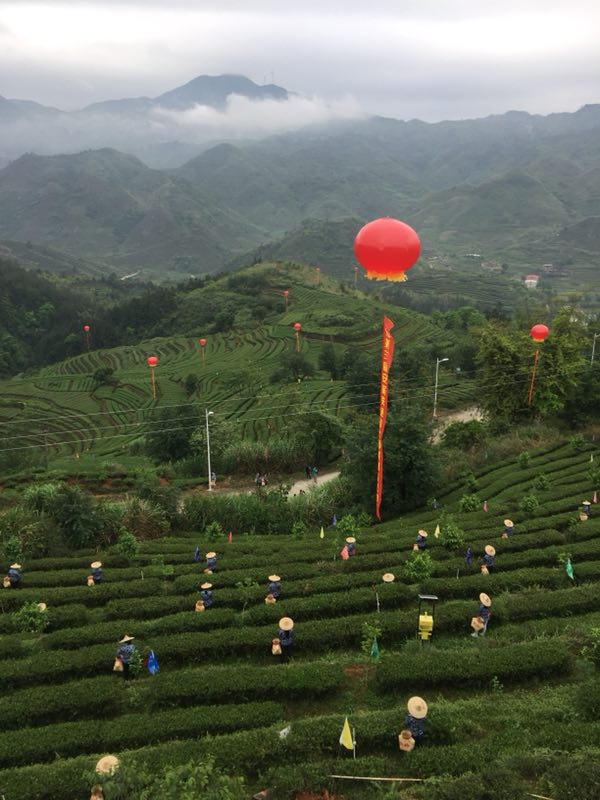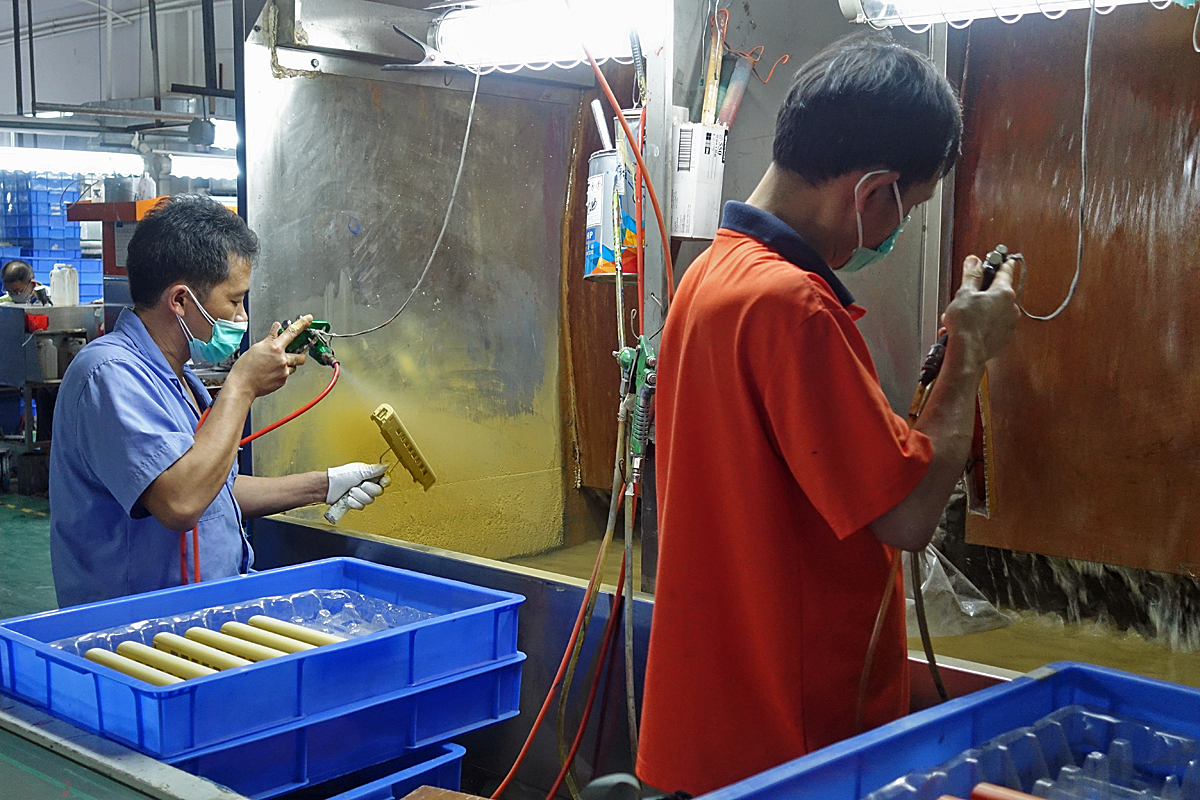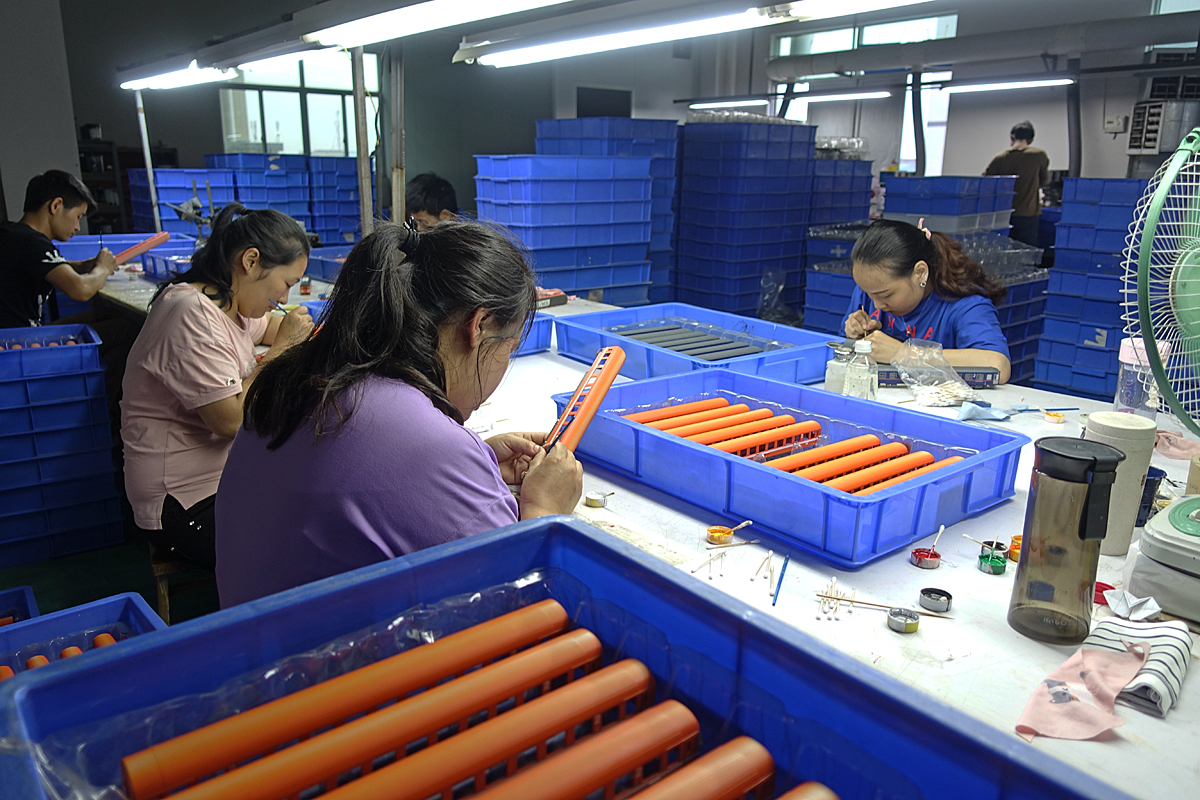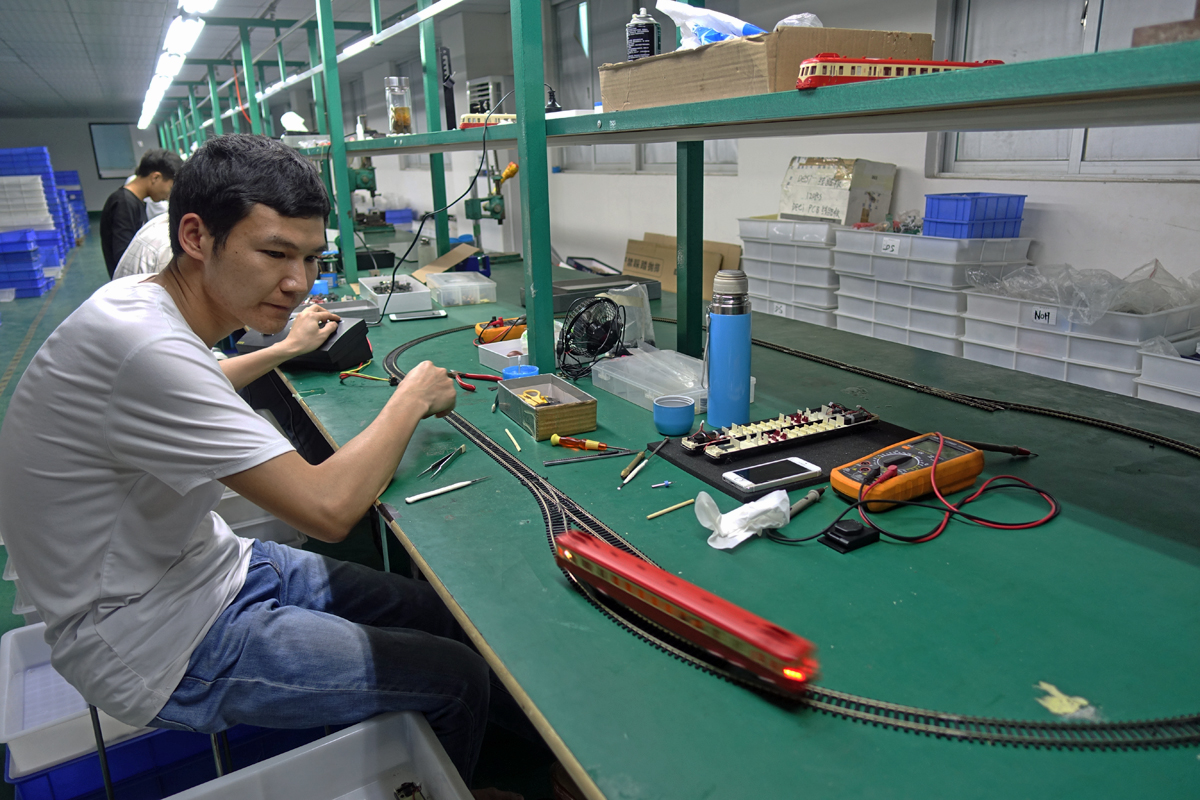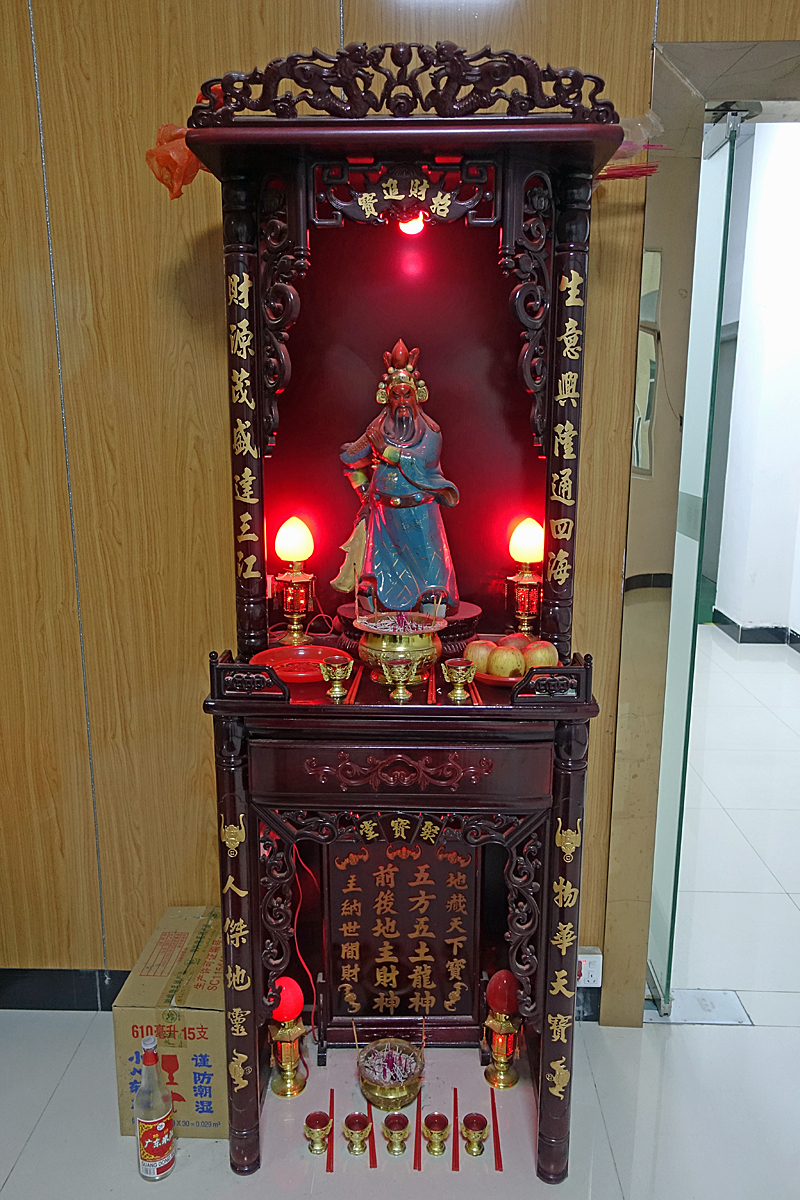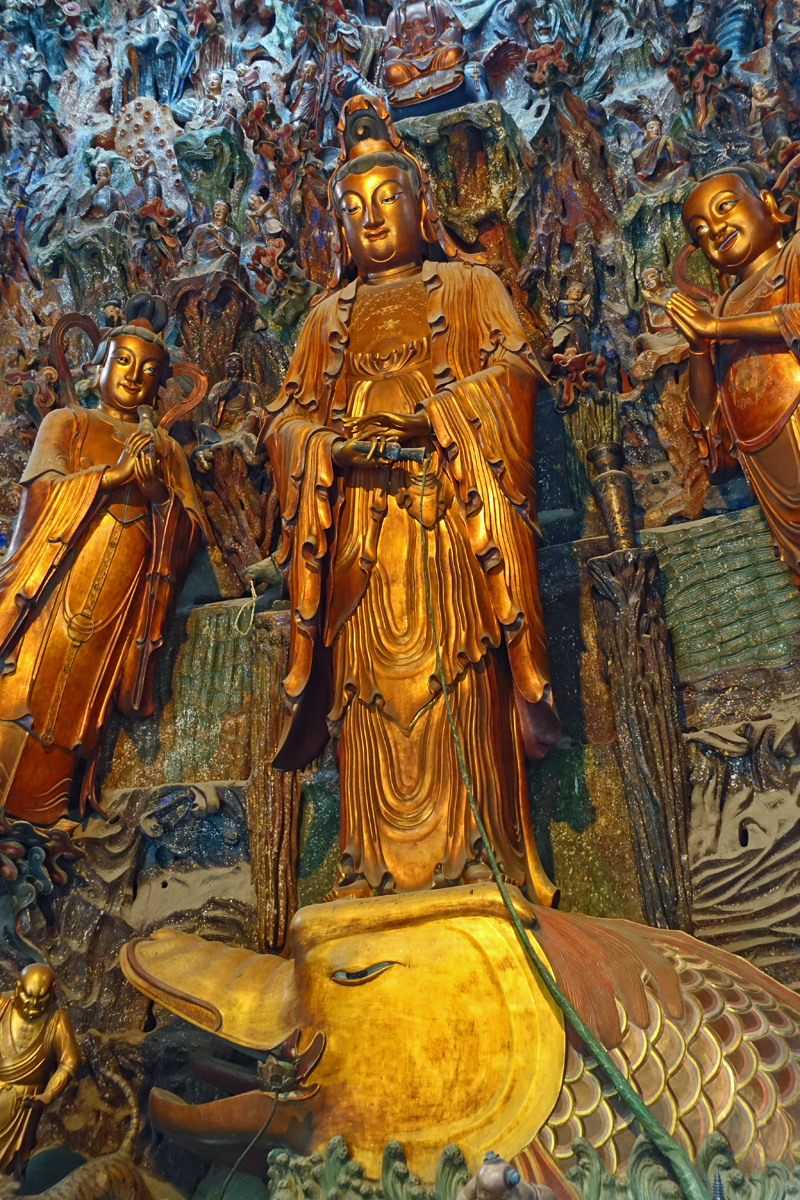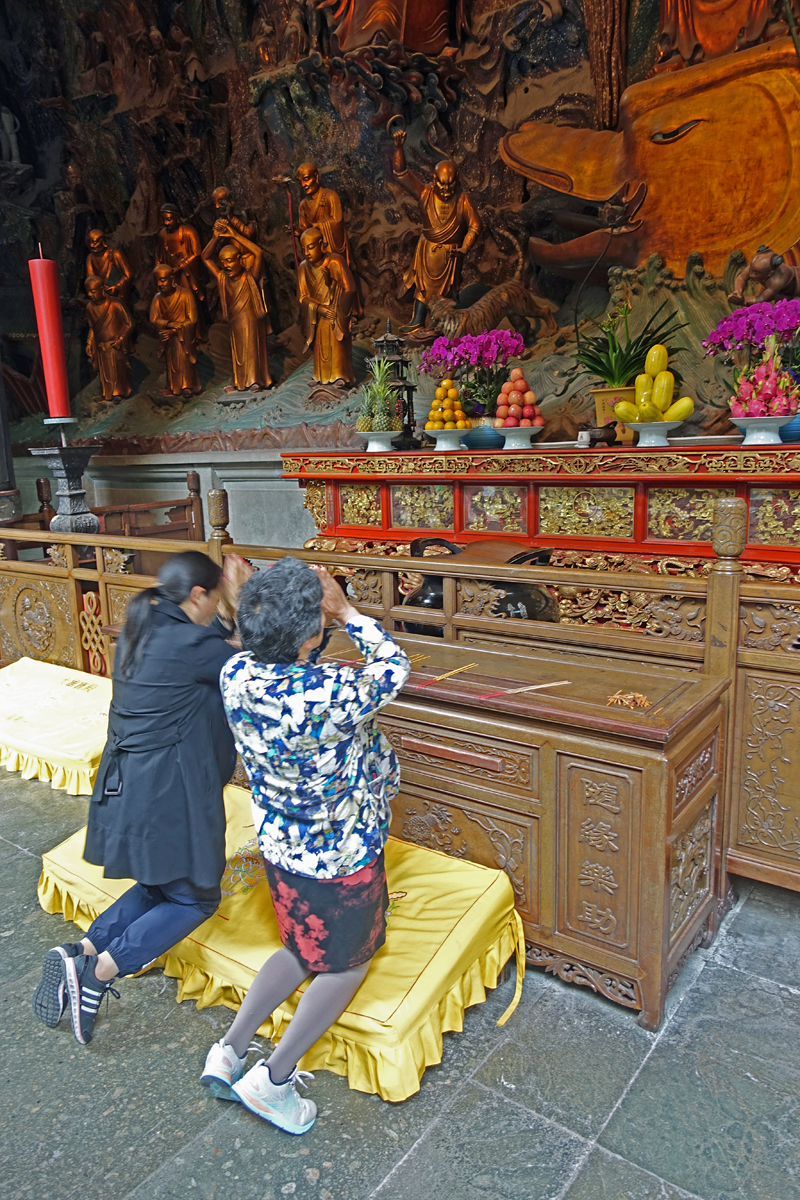Parco nazionale del Gran Paradiso
The second park I visited was Parco nazionale del Gran Paradiso in Italy. The trip from Écrin to Gran Paradiso took just three hours but I arrived at the camping after noon. In the valley of Aosta I had to buy some bread and wine. The camping Gran Paradiso Dr. Franco Caviglia is located quite high in the mountains and offers the best starting point for many day hikes. It is a real mountain camping offering spots in between trees and offering little luxury.
Camping Gran Paradiso Dr. Franco Caviglia
I spent the afternoon with a fruity local red wine and antipasto Piemontese consisting of cauliflower, carrot, paprika, olives, green beans, artichokes hearts, capers, onion and tomatoes. There is no fixed recipe for antipasto Piemontese. You basically boil tomatoes put through a food mill together with vinegar and olive oil and add a selection of vegetables cut to bite size. Boil until the vegetables are tender, put the mixture in sterilised jars and let it sit for at least a month. This type of antipasto was just a way to preserve vegetables for the winter.
Hike 4: Refugio Chabod and Victor-Emmanuel II
This was just a stunning long day hike. You can tell Gran Paradiso is a protected nature area. The landscape was pristine. Total time for this walk was about 10 hours.
Refuge Frédéric Chabod
I didn’t quite expect to find a caffè and blueberry pie in a mountain hut but there it was.
Rifugio Vittorio Emanuele II
The second mountain hut on my hike was Rifugio Vittorio Emanuele II. This is the place where you sleep when you attempt to climb the Gran Paradiso (4061 meter) summit.
Hike 5: Rifugio Città di Chivasso
On the last day I hiked from Pont to Rifugio Città di Chivasso on Colle del Nivolet. After a steep climb the route led mostly through green pastures. I found the whole park just stunningly beautiful. The routes I hiked where of the E category (E = escursionistico), which is a category higher than T (turistico) and below EE (escursionistico esperti). For EE you might need light mountaineering equipment to cross small exposed sections.
